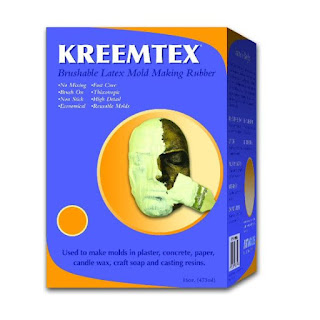What is a vacuum chamber?
A vacuum chamber is a sealed container that is evacuated of air. This creates a very low-pressure environment, which is ideal for a variety of applications, such as precision manufacturing, research, and testing. These are used to create parts with very tight tolerances, as well as to study the behavior of materials in a vacuum.
How do Vacuum pump with vacuum chambers work?
They work by using a vacuum pump to remove air from the chamber. The vacuum pump creates a low-pressure environment inside the chamber, which allows for the precise manipulation of materials.
The benefits of using a vacuum chamber
There are many benefits to using it. Some of the most common benefits include:
- The ability to create parts with very tight tolerances.
- The ability to study the behavior of materials in a vacuum.
- The ability to remove contaminants from materials.
- The ability to create a controlled environment for experiments.
Different types of vacuum chambers
There are many different types of vacuum chambers available. Some of the most common types include:
- Diffusion pumps
- Turbomolecular pumps
- Cryogenic pumps
- Ion pumps
How to choose a vacuum chamber?
The best way to choose this is to consider your specific needs. Some of the factors you will need to consider include:
- The size and shape of the parts you will be creating.
- The level of vacuum required.
- The budget you have available.
The future of vacuum chambers
As technology advances, these will become even more sophisticated and powerful. Some of the exciting developments that are on the horizon include:
- The development of new vacuum pumps that are more efficient and powerful.
- The development of new materials that can withstand high vacuum environments.
- The development of new applications for vacuum chambers
Conclusion
Vacuum chambers are a versatile and powerful tool that can be used for a variety of applications. They are essential for precision manufacturing, research, and testing. As technology advances, these will become even more sophisticated and powerful.
Its future is bright. With the development of new vacuum pumps, materials, and applications, these will play an even greater role in our lives. They will be used to create new products, improve existing products, and advance our understanding of the world around us.
Unlock the Potential of Precision: Explore Vacuum pump with Vacuum Chambers Today!Take Your Research and Manufacturing to the Next Level with Vacuum Chambers!










